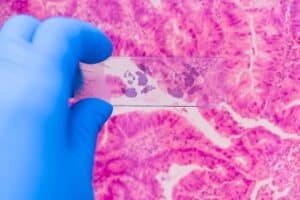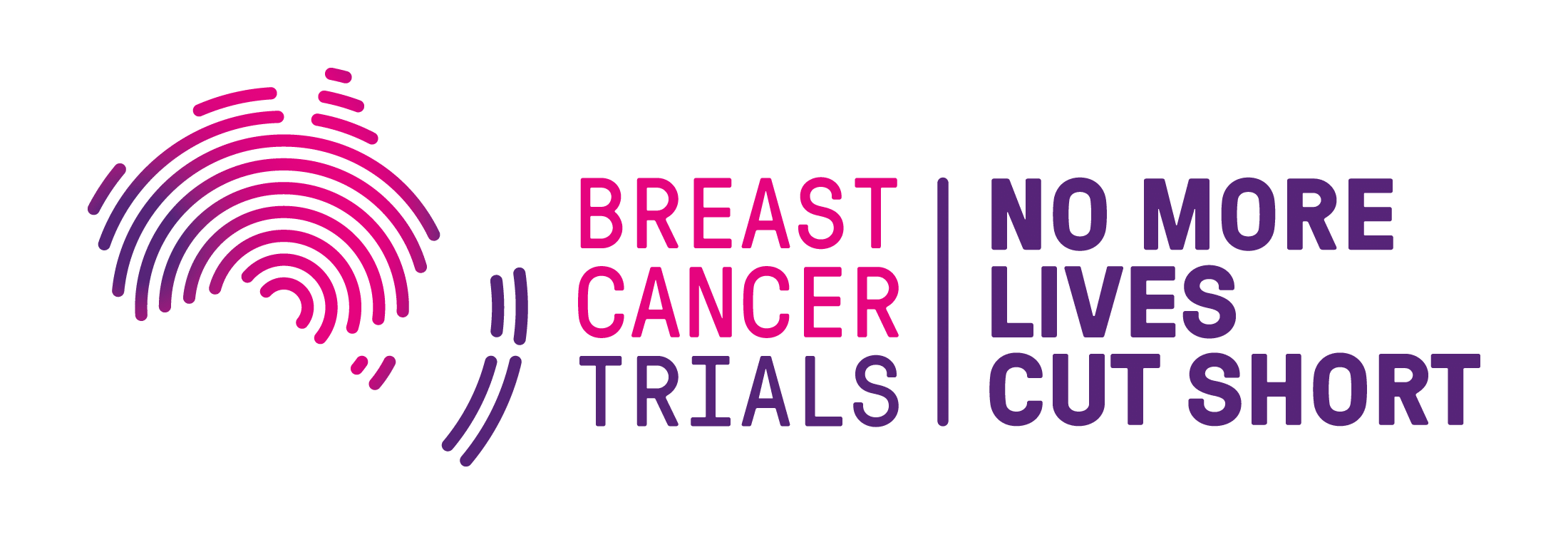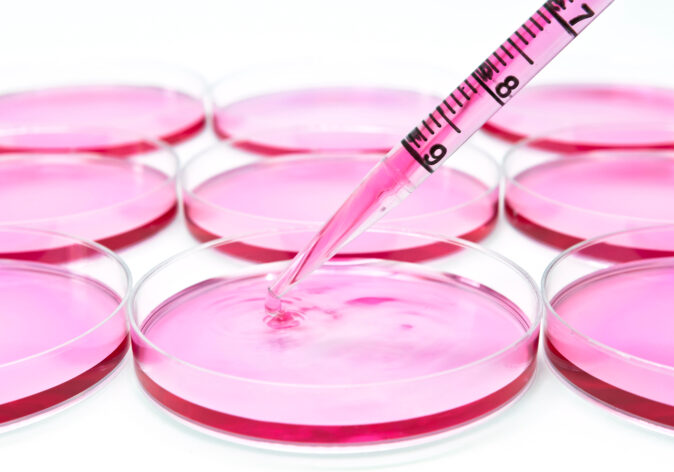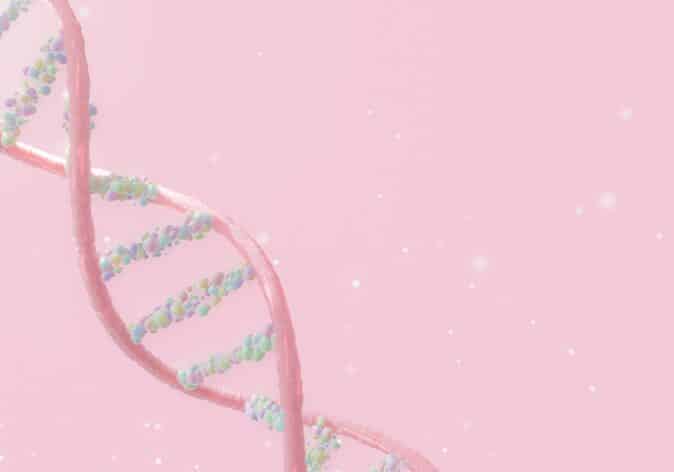A new study supported by Breast Cancer Trials is helping doctors better understand how to personalise treatment for people with early-stage breast cancer.
The human epidermal growth factor receptor 2, or HER2, protein is a well-established drug target in some breast cancers where it promotes cancer cells to grow. Cancers with high levels of HER2 are treated with targeted therapies designed to block this growth. More recently, new drugs also work in cancers with lower levels of the HER2 protein. These therapies – known as antibody-drug conjugates, which deliver chemotherapy directly to cancer cells – have expanded treatment options and created a newly defined category called ‘HER2-low breast cancer’, which is now used to help determine who would benefit from these newer drugs.
But what does HER2-low really mean for people with early stage, hormone receptor-positive breast cancer – the most common breast cancer subtype? And is it truly different enough from other types of breast cancer to justify its own treatment approach?
To explore this, a team led by Dr Stephen Luen from the Peter MacCallum Cancer Centre and the University of Melbourne, analysed tumour samples from about 1,800 women who participated in two large international clinical trials: BIG 1-98 and SOFT. These years-long trials collected detailed clinical and biological data, providing a rich resource to explore questions of tumour behaviour and treatment response. All participants had breast cancers that tested negative for high HER2 levels, but were grouped by the researchers as either HER2-low or HER2-zero, based on the amount of HER2 protein present in the tumour.

The researchers compared outcomes between the two groups, including how the cancers behaved over time and how likely they were to return. They also examined tumour characteristics and patterns of gene mutations. The findings showed no meaningful differences. HER2-low tumours did show slightly more expression of the HER2 gene, but this difference was small and unlikely to influence how the cancer responds to treatment.
“Our findings suggest that the HER2-low category isn’t a discrete type of breast cancer in its early stages,” said Dr Luen. “That matters because it raises questions about how we currently use HER2 test results to make treatment decisions.”
This research suggests that HER2 expression exists on a spectrum, rather than in fixed categories. It highlights the need for better tools to identify who will benefit most from HER2-targeted therapies, so that treatment decisions are based on meaningful differences, not on arbitrary thresholds.
Publication
Luen, S. J., Brown, L. C., van Geelen, C. T., Savas, P., Kammler, R., Dell’Orto, P., Biasi, O., Coates, A. S., Gelber, R. D., Thürlimann, B., Colleoni, M., Fleming, G. F., Francis, P. A., Regan, M. M., Viale, G., Loi, S. (2025). Genomic characterization and prognostic significance of human epidermal growth factor receptor 2–low, hormone receptor–positive, early breast cancers from the BIG 1-98 and SOFT clinical trials. JCO Precision Oncology, 9, e2400599. https://doi.org/10.1200/PO-24-00599
Support Us
Help us to change lives through breast cancer clinical trials research



